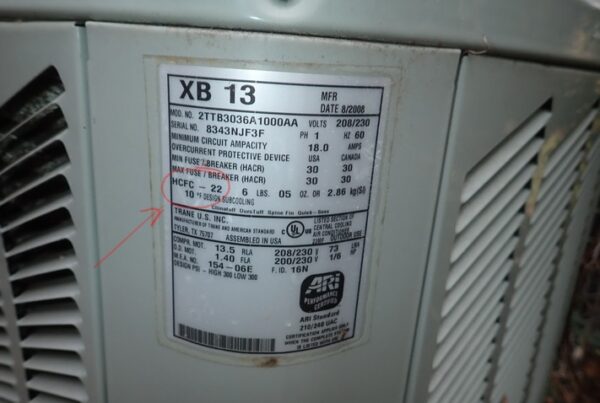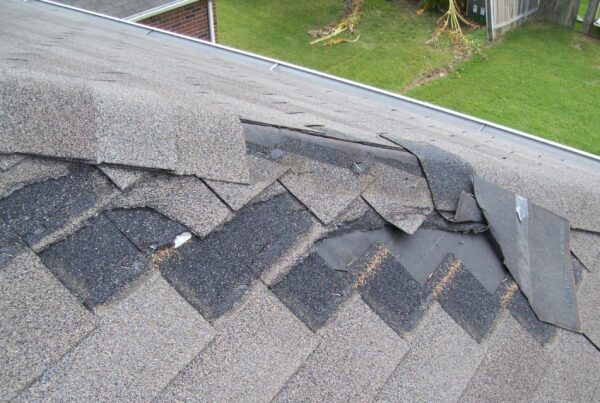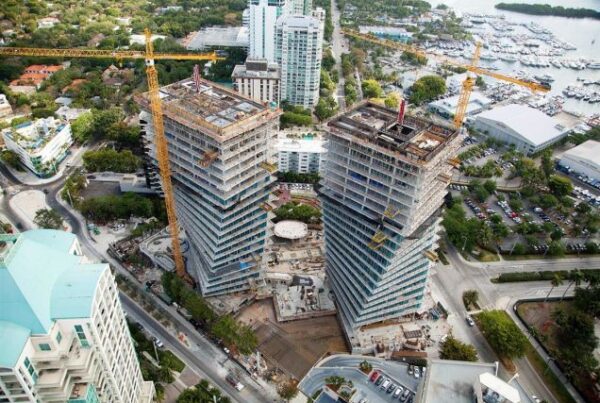Many urban areas have adopted requirements for the examination of building exteriors to lessen the risk of falling debris. In the beginning years of your executive director’s consulting inspection engineering practice in New York City, a significant part of the practice included helping building owners comply with the new and evolving requirements of façade inspections.
The September 2010 issue of Structure Magazine contained an excellent article on the initial aspects of building façade inspection as an important part of structural forensics. It also cites the generally accepted standard of practice for such work under ASTM E 2270-05.
As is often the case in engineering, standards evolve based on a need for systematic approaches and consistency. One may argue that standards can usurp “professional judgment” but standards can also be a great aid to ensuring that our professional judgment is correctly focused. Obtaining a greater and on-going understanding of what already available standards are out there can greatly aid each of our practices. In the very early days of municipal façade inspection requirements (in cities such as New York), the P.E. was pretty much on his or her own to assess conditions in a manner consistent with their best professional judgment.
My experience in those days typically first relied on a careful high power binocular survey of the affected façade. My 35 mm camera (long before the days of digital photography) equipped with a very powerful zoom telephoto lens was then used to photograph suspect areas. I logged each photo for further reference. After doing so I would do my best to try and access the suspect parts of the exterior. Often this was impossible, but on occasion I might be able to “hands on” a suspicious part of the façade from a window or terrace. It often left me thinking that skills at rock climbing and rappelling, or a standing agreement with a façade restoration contractor, might be really useful in my inspection work. Neither came to pass as part of my work, but I certainly ended up on plenty of scaffolds and swing stages after remediation work started.
Fortunately the many reports I filed in those early days apparently did a good job in identifying problem areas, and no situations ever occurred where parts of buildings from my inspected projects tumbled to the pavement causing injury or damage.
The authors of the article in Structure Magazine’s September edition (i.e., Scott L. Weiland, P.E., et. Al.) make an excellent point when they say, “Façade inspection is as much of an art as a science and forces structural engineers to think outside the box. No matter how unique and challenging a deficiency seems to be, experience and persistence will lead to the root cause. With roughly only 15000 buildings subject to façade ordinances in nine cities across the nation, there are a lot of other possible time bombs out there requiring inspection and remedial action.”
Façade inspections and the use of ASTM E 2270-05 are prime examples of what one session at NABIE’s upcoming conference in February, 2011 hopes to focus on: standards and guidelines for inspection engineering work. As this presentation is further planned by the moderators, we will be hoping to gauge the importance of already-available standards and guidelines in our work as building inspection engineers. This will be a session where audience interaction is important to the effective outcome of the session.
*This article was posted in the Fall 2010 edition of The Examiner.


